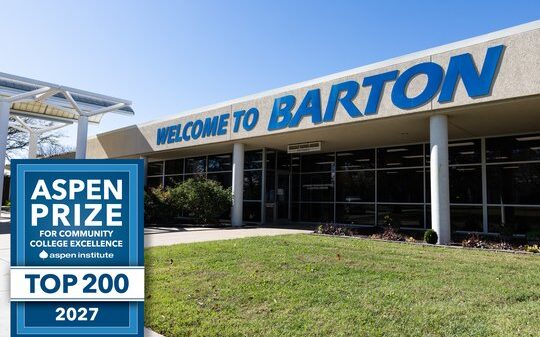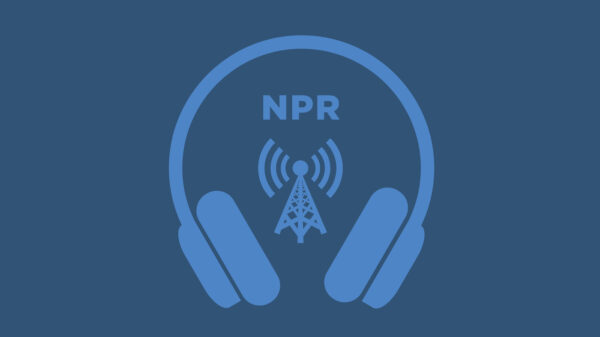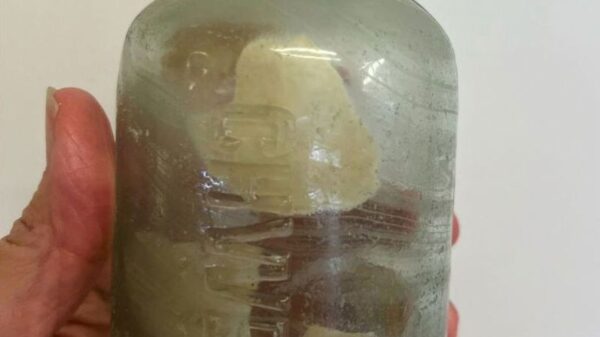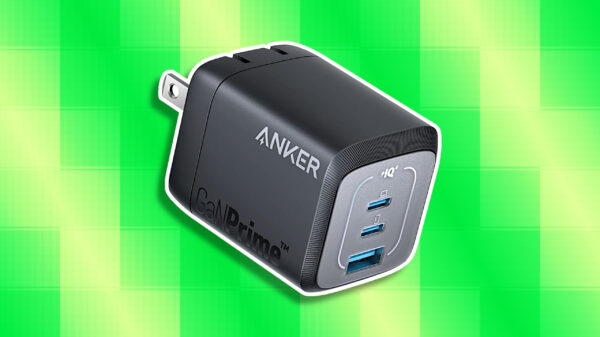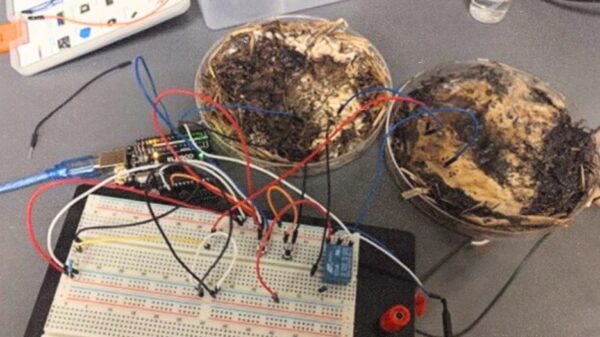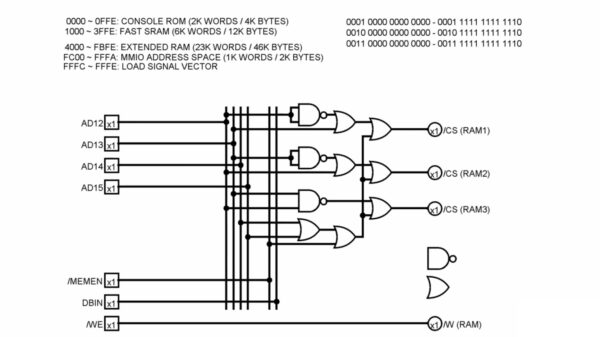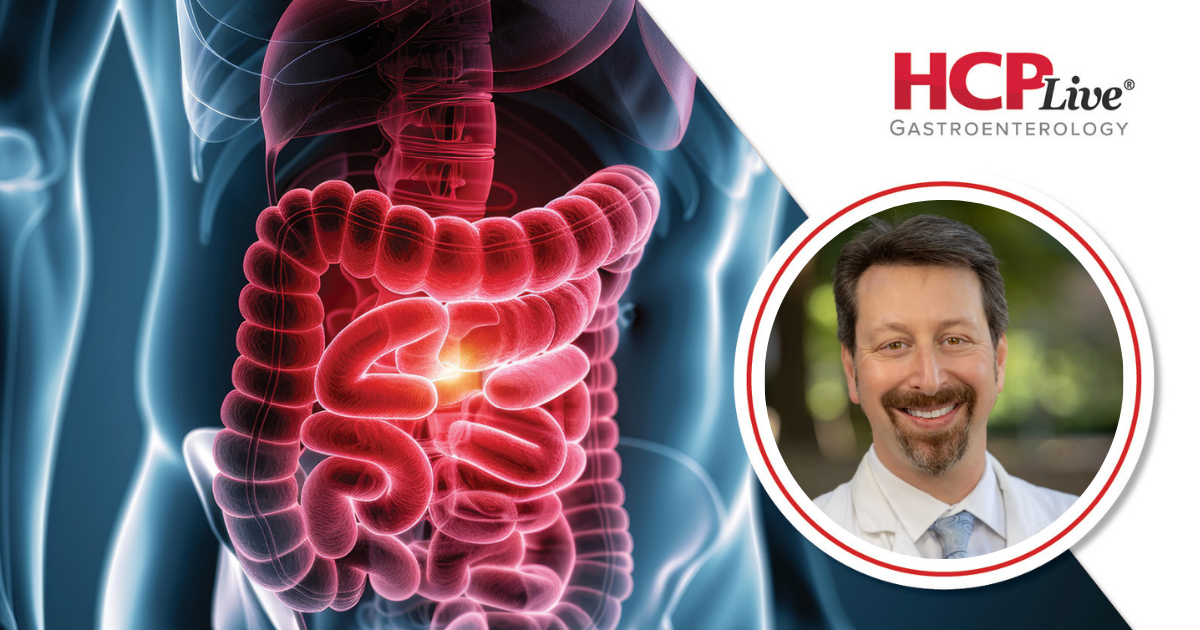New findings presented at the American College of Gastroenterology (ACG) 2025 Annual Scientific Meeting reinforce the effectiveness of dupilumab (Dupixent) in managing eosinophilic esophagitis (EoE). The research highlights significant reductions in symptoms such as dysphagia and odynophagia, as well as improvements in the endoscopic features of the disease.
Dr. Evan Dellon, MD, MPH, a professor of medicine and adjunct professor of epidemiology at the University of North Carolina School of Medicine, presented the data derived from a post-hoc analysis of the LIBERTY EoE TREET and pooled analyses from EoE KIDS. The research involved patients aged 12 years and older who were treated with dupilumab or a placebo for 24 weeks, followed by an additional period of treatment extending to 52 weeks.
Key metrics measured included the number of days without dysphagia and odynophagia over a 14-day span. At the study’s outset, all participants reported experiencing dysphagia, while 95% of those receiving dupilumab and 88% receiving placebo reported odynophagia. By week 24, patients treated with dupilumab experienced an average of 8.7 days without dysphagia compared to 5.5 days for those on placebo (P < 0.0001). Similarly, patients on dupilumab went without odynophagia for an average of 10.1 days, compared to 6.8 days for the placebo group (P < 0.0001). Dr. Dellon remarked, "Over the 24 weeks, compared to placebo, the number of dysphagia-free days significantly increased with the dupilumab treatment, and that's a concept that I think is easy to convey to patients." The results also showed that by week 52, patients who switched from placebo to dupilumab experienced an increase in both dysphagia and odynophagia-free days, indicating sustained benefits from treatment. The analysis also included data from the EoE KIDS trial, where participants were randomized to receive weight-tiered, higher-exposure dupilumab or placebo for 16 weeks. Researchers assessed the Endoscopic Reference Score (EREFS), which evaluates the severity of various endoscopic features, including edema, rings, exudates, furrows, and strictures. The findings demonstrated a significant reduction in the EREFS total score for patients receiving dupilumab compared to those on placebo, with average scores of 1.5 versus 3.9 (P < 0.0001). Dr. Dellon emphasized the importance of these endoscopic findings, stating, "This was looking at endoscopic findings and endoscopic severity, particularly as measured by the EREFS, and that's actually something in the guidelines that's been emphasized." He noted that it is crucial for healthcare professionals conducting endoscopies to calculate the EREFS score for patients with suspected or known EoE. The total pooled analysis included 311 patients, with 159 receiving dupilumab and 152 receiving placebo. Investigators found that baseline characteristics were generally comparable across both groups, ensuring the reliability of the findings. The results from this study highlight the potential of dupilumab as a significant treatment option for eosinophilic esophagitis, paving the way for improved patient outcomes and management strategies. The findings are expected to contribute to evolving treatment guidelines and enhance the quality of care for individuals affected by this condition.

